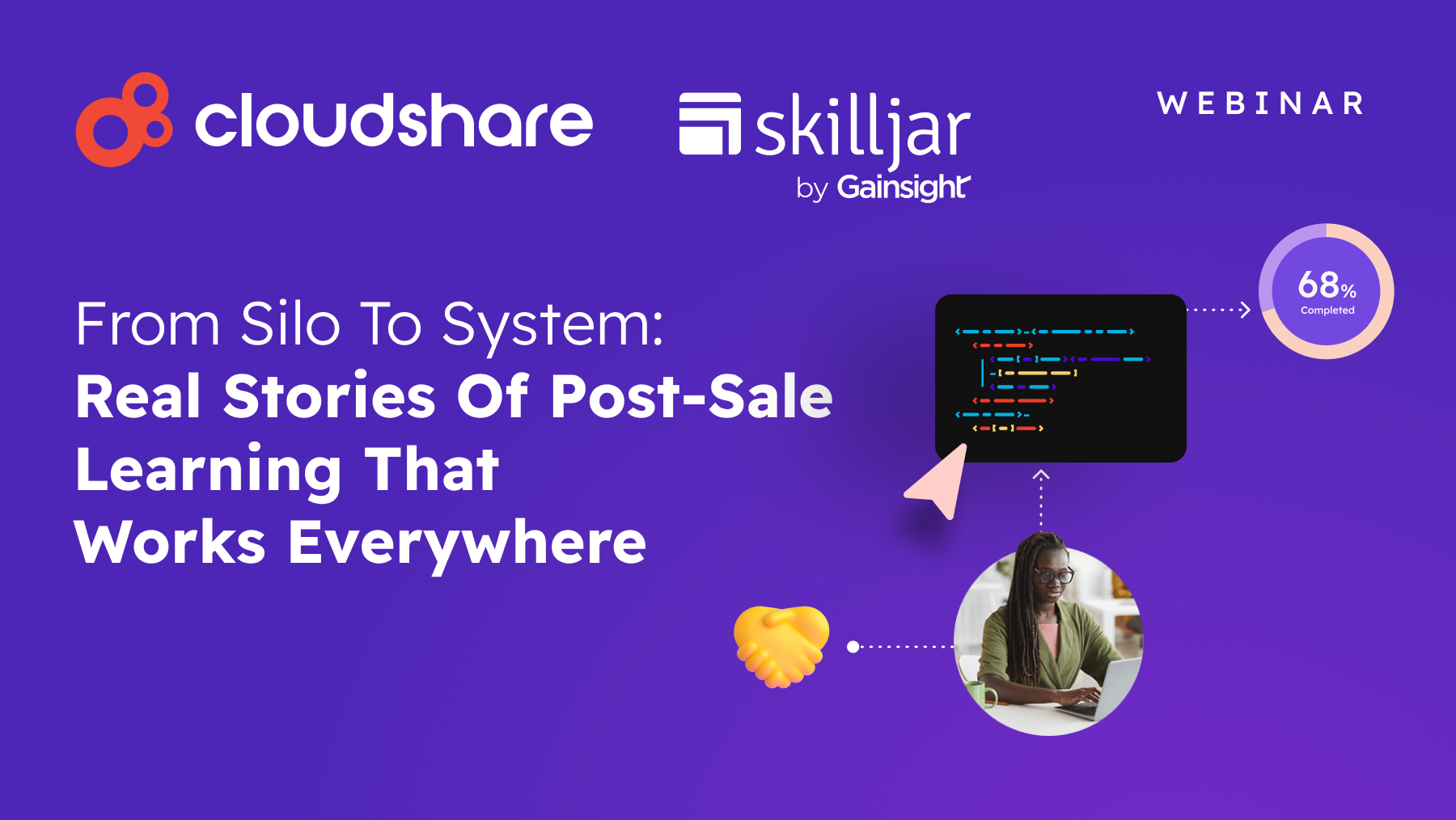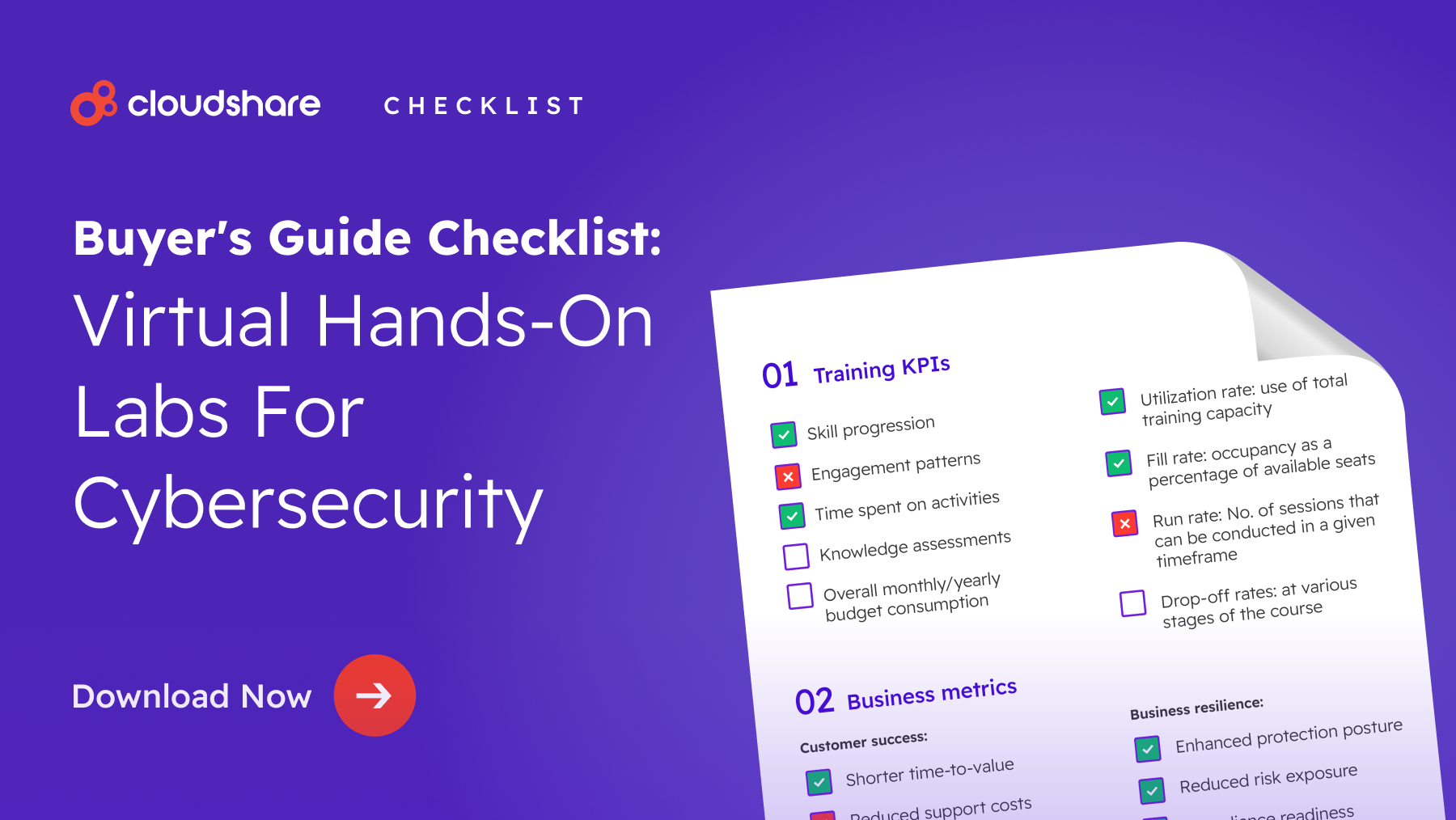Glossary
Product Training
A software solution with even the most robust feature set and versatile compatibility won’t do you any good if your customers don’t know how to use it properly. Product training is an essential business strategy for empowering your client base with the knowledge and experience it needs to draw maximum value out of your products and services.
It’s arguably even more important than having a competitive product offering. Informing your customers exactly how your solution benefits them is the key to boosting sales, especially in today’s customer experience-focused market.
Read on to discover how customer training improves satisfaction and conversion rates and how your business can start focusing on product training today.
What Does Product Training Entail?
The content of product training courses explains your product offering, its main selling points, its feature set, and how to use it most effectively. There are two prominent use cases for product training.
Product Training for Customers
Software solutions today are complicated, and it takes time to learn how to integrate features into one’s workflow. Customers must be confident they can get value from your product before putting the money down.
Customer product training, which ranges from user manuals to interactive simulations, is excellent for client onboarding and ongoing post-sale support. When done right, it results in higher customer satisfaction, stronger sales, and fewer frustrated calls to customer service.
Studies show that 68% of customers use products more after receiving training. Over half report using more features and working more independently as a result of product training.
Product Training for the Sales Team
Product training shouldn’t be exclusive to your clients, though. The same virtual labs that simulate your product to customers also apply to sales enablement. Sales members become more persuasive when they:
- Understand the product and can explain its features and advantages over competing offerings.
- Are aware of the customers’ most common use cases and how to integrate the product into their workflows
- Confidently answer the client’s questions
These lessons make sales teams more knowledgeable about your product and how to present it properly to potential customers.
How Do I Benefit from Investing in Product Training?
On top of more knowledgeable sales staff and higher satisfaction rates amongst customers, product training provides a tangible return on investment in the form of:
- A better customer experience. Customers today are buying experiences, not just products. Three-quarters of survey respondents noted that experiences alone were enough to influence purchasing decisions. And the best way to differentiate yourself from the competition in this regard is to engage clients at the product training level.
- More impactful and persuasive sales pitches. With the proper preparation, salespeople are more confident and can answer the hard-hitting questions customers might have about your product. They will also provide better product demonstrations, boosting trust and credibility with your company.
- More tailored product discovery. A bit of personalization is necessary here; instead of answering “what does this do?”, the question should instead be “what can this do for me?” Product training for sales enablement must include sections on how the product fits into a customer’s specific use case.
- Lower support costs. Customers empowered by quality product training are less likely to need contact with customer service. The result is that you cut down on overhead costs.
Remember that product training is a supplement rather than a replacement for true customer service, so always keep agents on hand.
What Should I Include in a Product Training Course?
Whether you’re boosting sales enablement or educating potential buyers, most product training materials fall into a few distinct categories.
- Product specifications. The essentials include general information about your software package. How does it compare with competitors? What are the main selling points, and what features and benefits can customers expect? Does it help speed up internal operations in a client’s business, or is it designed to increase conversion rates?
- “How to” guides. This section talks about navigating the user interface, utilizing the features, and integrating the solution into one’s workflow. Step-by-step guides for whatever task the client wants to achieve should be available at this stage.
- Customizability. A one-size-fits-all solution rarely works out in business software, so include information on how you can personalize the experience for the customer’s specific case.
- Scalability. While the product works now, what about the future? Show how you can expand product functionality through subsequent updates.
- Troubleshooting help. At the end of the session, direct participants towards additional learning materials for extra help or get them in touch with customer support for final questions.
A product training course is more than just a passive classroom lesson. The rise of virtual training labs enables companies to create an interactive, hands-on experience for their customers, boosting knowledge retention and leaving a more lasting impression.
How Do You Implement a Powerful Training Course?
Your product doesn’t operate in a vacuum. Provide some context into its place in the market and how it stands out amongst the competition.
Research what your target demographic wants out of your software. How is the customer going to use your specific features? What problems does the software solve, and does it respond well to general trends in the industry?
Don’t forget to perform a competitive analysis to see what other companies in your space are doing. The sales team can then incorporate how your software stacks up against the competition in the sales pitch.
How you deliver the training is also an important consideration. For example, rather than long stretches of content, aim for microlearning, or break down the lessons into digestible chunks. This approach reduces burnout and makes picking up on the topics more manageable.
Why Should You Empower Product Training with the Cloud?
Virtual IT labs in the cloud have made product training more accessible than ever. These software programs are the best way to deliver sales demos, proofs of concept, and other product training sessions because they’re accessible and interactive.
Cloud training negates the need for physical classrooms and their associated travel costs. Customers and employees alike can access relevant materials from any location at any time, and both can learn on their own terms in a self-paced environment.
Cloud labs are comprehensive ways to learn about a product because they provide a virtual sandbox environment to deploy your software and test its features. Start building hands-on experiences for your customers and more robust sales enablement programs through virtual labs today.


